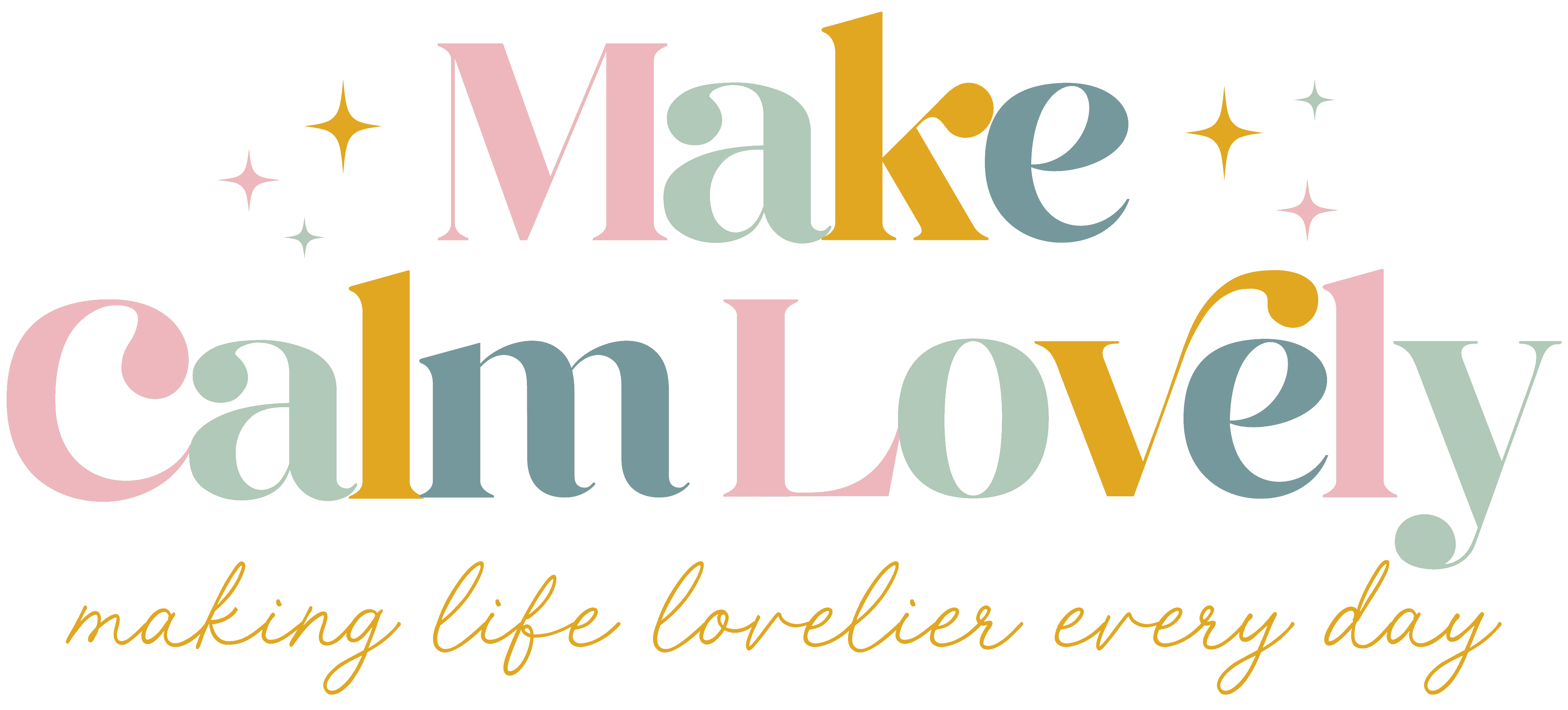Knitting Tension Squares: Often Overlooked But so Important!
Knitting a tension or gauge square for your knitting project will ensure that your items are the right size and shape, and fit you like a dream!
A tension, or gauge square (in some regions it is called gauge, others it is called tension) is an important, but often overlooked part of a knitting project.
Knitting patterns always mention the gauge required, and it can be tempting to skip doing this ‘extra work’ before you begin to work on the main pattern and project.
But a gauge square can be an important part of your knitting project, and can help you create far better pieces. Read on for what it is, how to do it, and more!
This post contains affiliate links. This means that if you click on a link in this post and make a purchase via that link I may receive a small commission, at absolutely no additional cost to you.
What is Tension or Gauge in Knitting?
Use a Knitting Swatch Ruler
A knitting and swatch ruler can set out the boundaries for a tension square, and has handy rulers to check on the size of your gauge too.
There are many different ones to buy, and they are all pretty inexpensive for such a useful tool.
I really like this one, that comes with a handy knitting needle sizing guide also, if you are stuck not knowing the size of a knitting needle too.

Knitting a tension or gauge square for your knitting project will ensure that your items are the right size and shape, and fit you like a dream!




